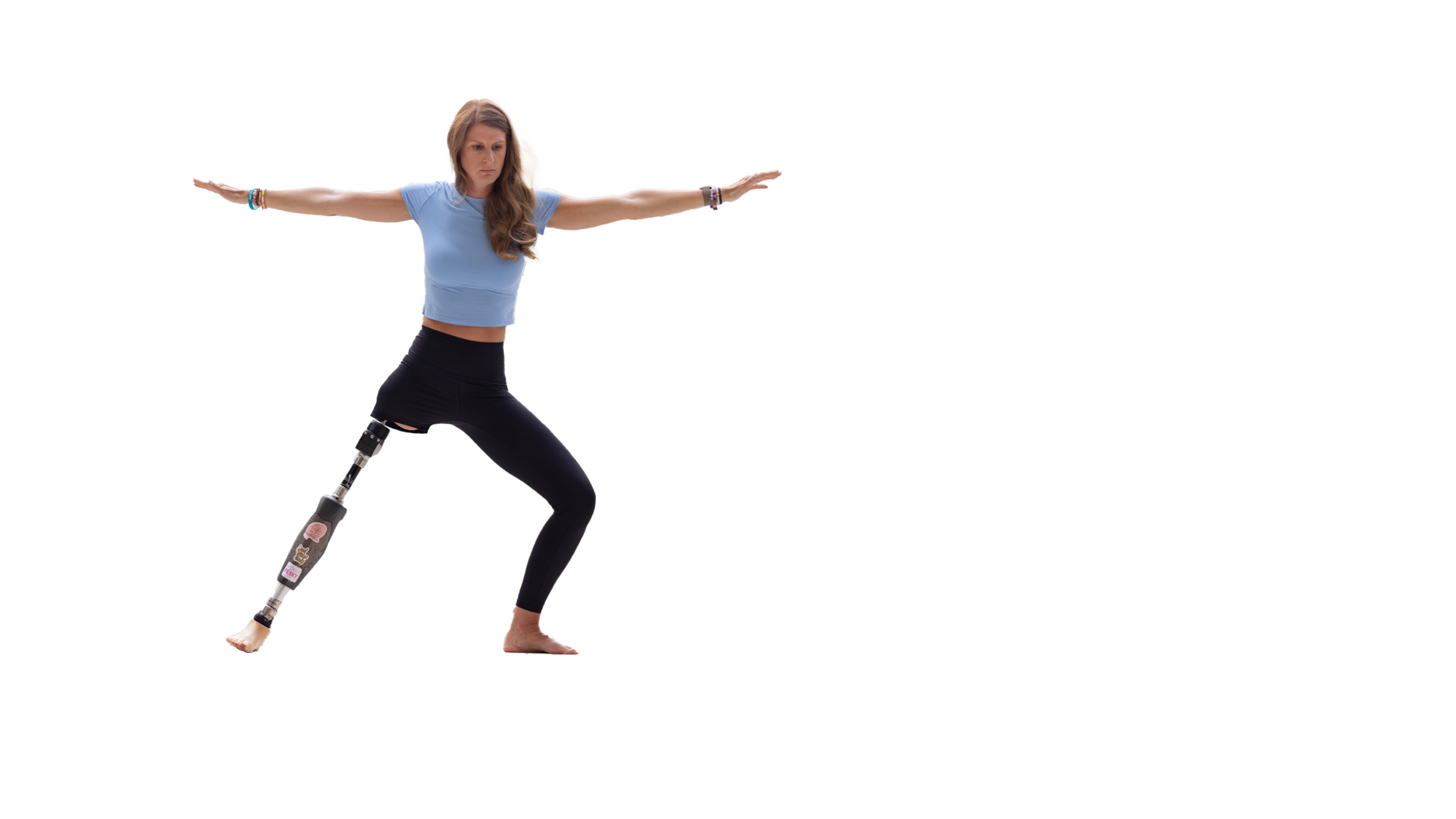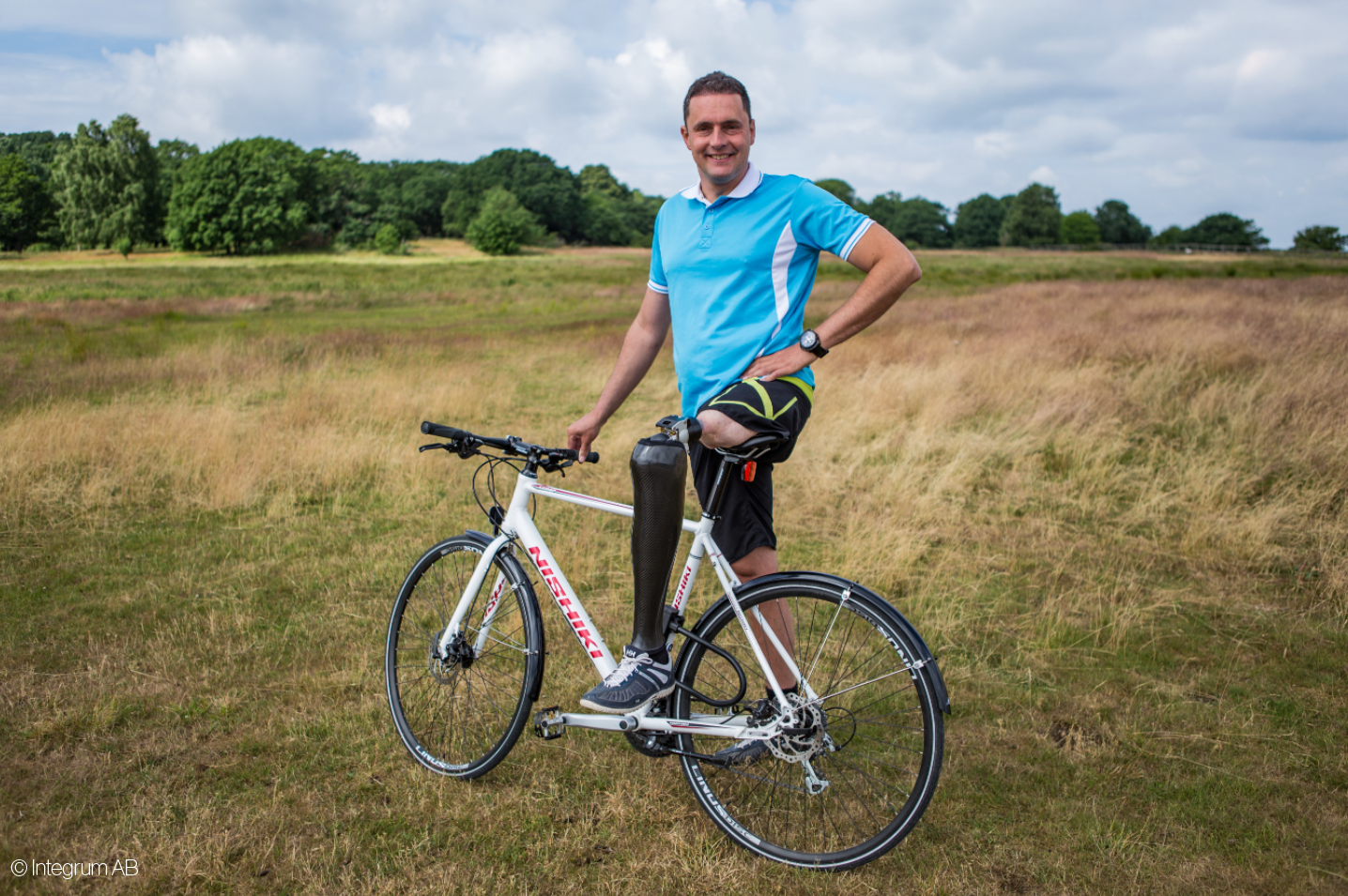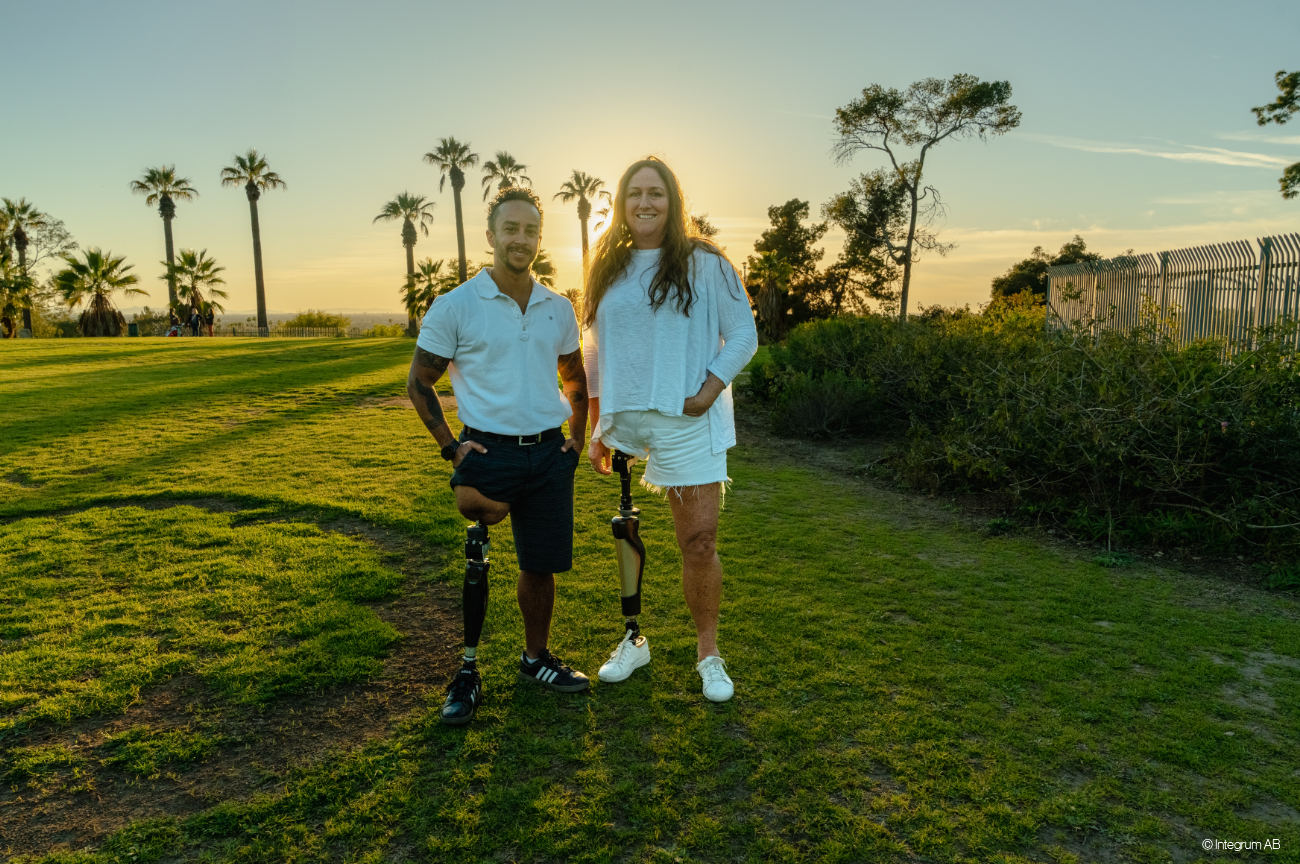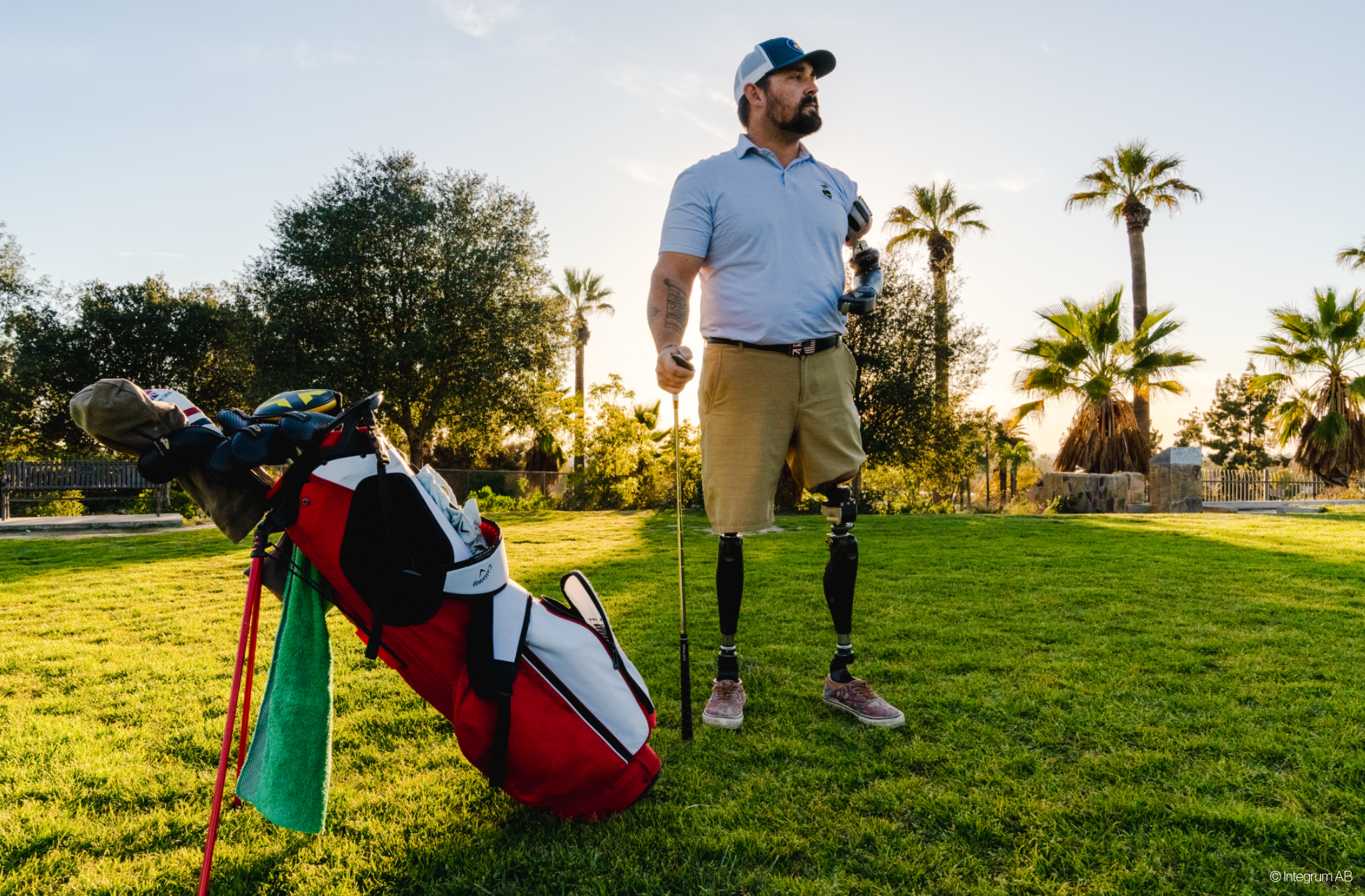
Lower limb osseointegration system
Features
- Improved mobility and function
- Suitable for short amputation stumps
- Increased range of motion
- Enhanced sitting comfort
- Improved quality of life
- Increased prosthesis use
Osseointegration for femoral amputations
The OPRA® Implant System is a bone-anchored prosthesis attachment that creates a stable attachment to the amputated end of the thigh. With components intentionally developed for this function, the system is effective at improving walking ability, range of motion, and comfort when sitting. Additionally, it doesn’t require any socket adjustments and is suitable for short amputation stumps.
Regardless of the location of the amputation, the OPRA® system utilises the innovative BioHelix™ technology. This encourages strong a surface-to-bone interface that allows for a stronger osseointegration The chosen prosthesis is connected to the system using the OPRA® Axor™ II connection device.
Interested in the Lower limb osseointegration system?




Integrum has been performing research and development on orthopaedic solutions since the 1990s. The OPRA® Implant System offers an alternative to traditional socket prostheses, serving as a way to anchor directly to the bone. Through the provision of this medical device, Integrum aims to help amputees achieve an improved quality of life. Their evidence-based development has allowed for the creation of an osseointegration limb replacement that allows for improved range of movement. Integrum was officially founded in 1998 and has consistently provided bespoke solutions for amputee patients.
Frequently Asked Questions
Each patient’s rehabilitation process is different. Postoperative rehabilitation is standardized with controlled levels of loading. Full weight-bearing with a definitive prosthesis is normally permitted approximately three to six months after installation of the Abutment.
The OPRA® Implant System for transfemoral amputations is currently the only system approved by the FDA in the USA for use in patients with above-knee amputations as a result of cancer or trauma. The system may be recommended for patients who experience problems with rehabilitation from regular leg prosthetics. This includes due to high pain levels or the development of skin problems when wearing an artificial leg prosthesis.